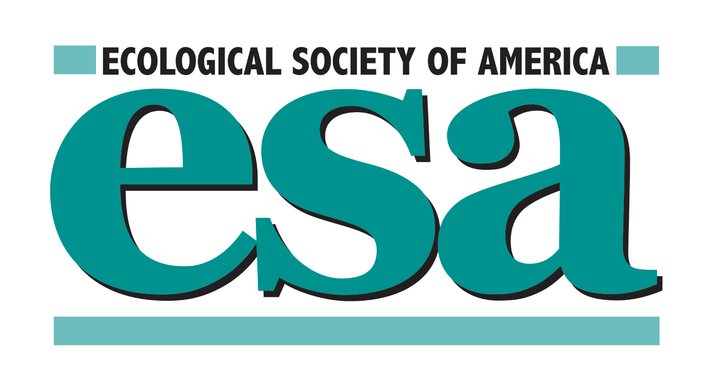Location
The Ecological Society of America (ESA) is a nonpartisan, nonprofit organization of scientists founded in 1915 to:
- promote ecological science by improving communication among ecologists;
- raise the public’s level of awareness of the importance of ecological science;
- increase the resources available for the conduct of ecological science; and
- ensure the appropriate use of ecological science in environmental decision making by enhancing communication between the ecological community and policy-makers.
Ecology is the scientific discipline that is concerned with the relationships between organisms and their past, present, and future environments. These relationships include physiological responses of individuals, structure and dynamics of populations, interactions among species, organization of biological communities, and processing of energy and matter in ecosystems.
Members:
Resources
Displaying 31 - 35 of 47Multistate modeling of habitat dynamics: factors affecting Florida scrub transition probabilities
Many ecosystems are influenced by disturbances that create specific successional states and habitat structures that species need to persist. Estimating transition probabilities between habitat states and modeling the factors that influence such transitions have many applications for investigating and managing disturbanceâprone ecosystems. We identify the correspondence between multistate captureârecapture models and Markov models of habitat dynamics.
role of federal agencies in the application of scientific knowledge
Environmental and ecological research has long been characterized as operating along a continuum, with âbasicâ â representing âinvestigatorâinitiatedâ research â at one end and âappliedâ â representing âmissionâinitiatedâ research â at the other. While federal agency science programs ideally occupy points along this continuum, the resulting science has not always been relevant to solving environmental problems.
From the redwood forest to the Gulf Stream waters: human signature nearly ubiquitous in representative US landscapes
What landscapes best represent the land uses and land covers (LU/LC) of the continental United States? Would the set include a cornfield? A forest? A backyard? Combining principles of landscape ecology and computer science, we identified a small set of âexemplar landscapesâ, representing distinct LU/LC pattern types of the conterminous US. We first partitioned the 1992 US National Land Cover Dataset into 193 705 landscapes, and quantified patterns with standard measures of LU/LC composition and configuration.
Limited potential for terrestrial carbon sequestration to offset fossilâfuel emissions in the upper midwestern US
Many carbon dioxide (COâ) emissionâreduction strategies currently under consideration rely on terrestrial carbon (C) sequestration to offset substantial proportions of COâ emissions. We estimated C sequestration rates and potential land areas for a diverse array of landâcover changes in the Upper Midwest of the US, a âbest caseâ region for this study because of its relatively modest COâ emissions and the large areas of cropland potentially available for conversion.
Tracking the rhythm of the seasons in the face of global change: phenological research in the 21st century
Phenology is the study of recurring lifeâcycle events, classic examples being the flowering of plants and animal migration. Phenological responses are increasingly relevant for addressing applied environmental issues. Yet, challenges remain with respect to spanning scales of observation, integrating observations across taxa, and modeling phenological sequences to enable ecological forecasts in light of future climate change.


